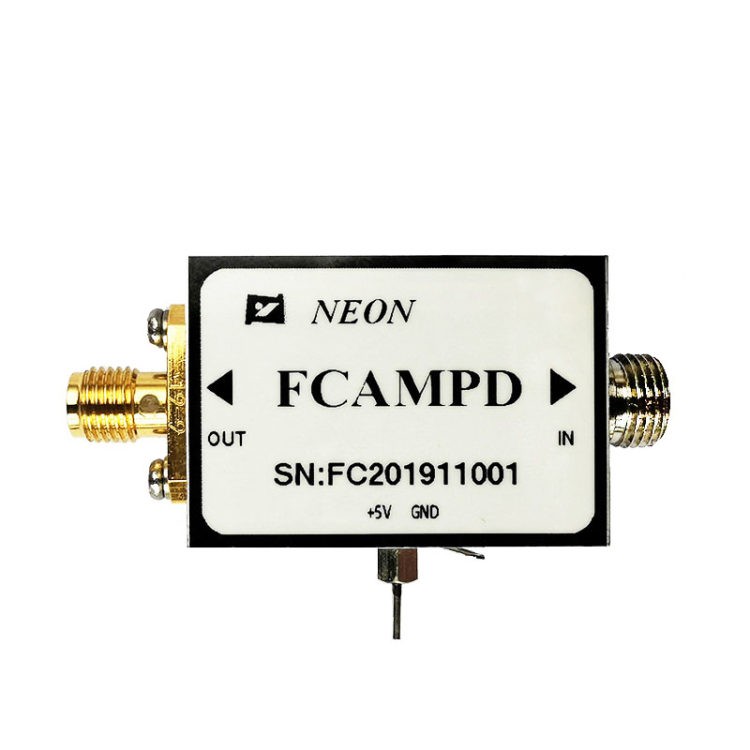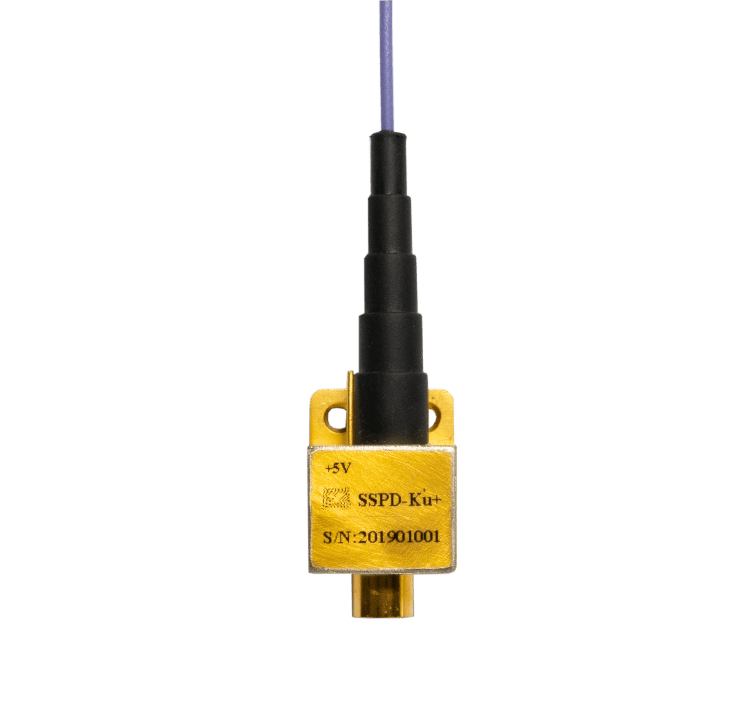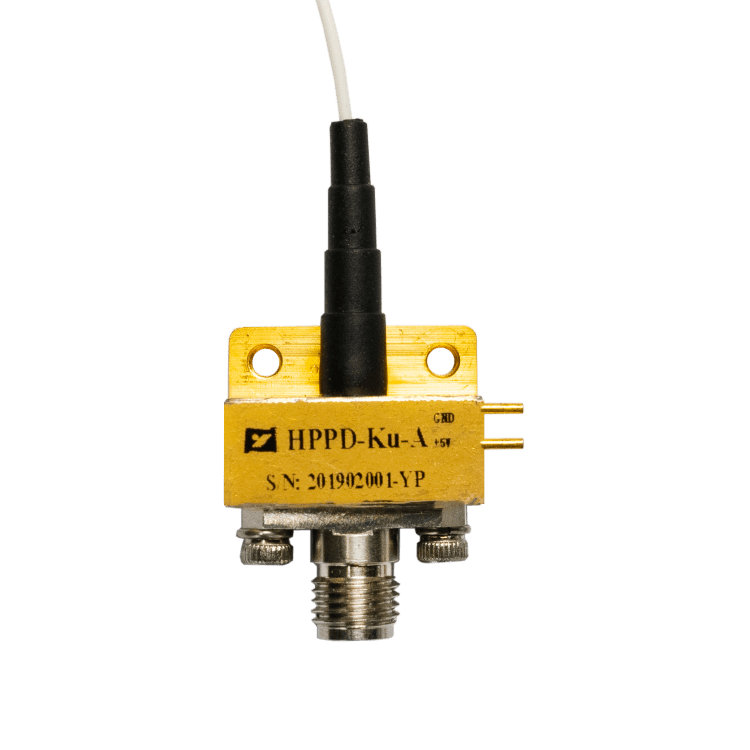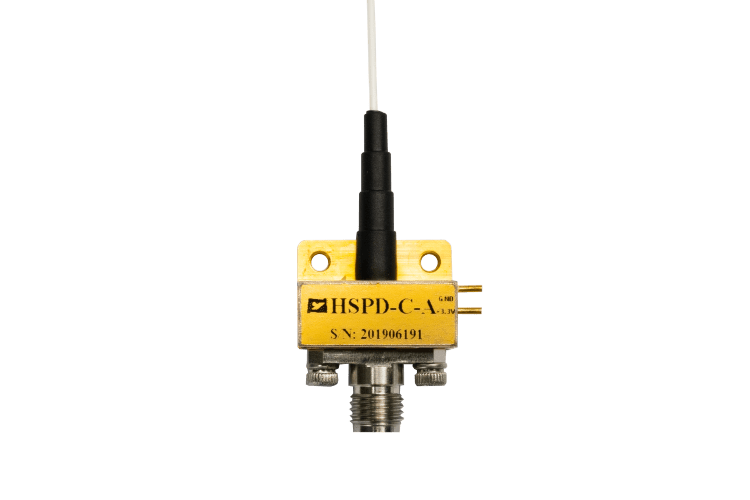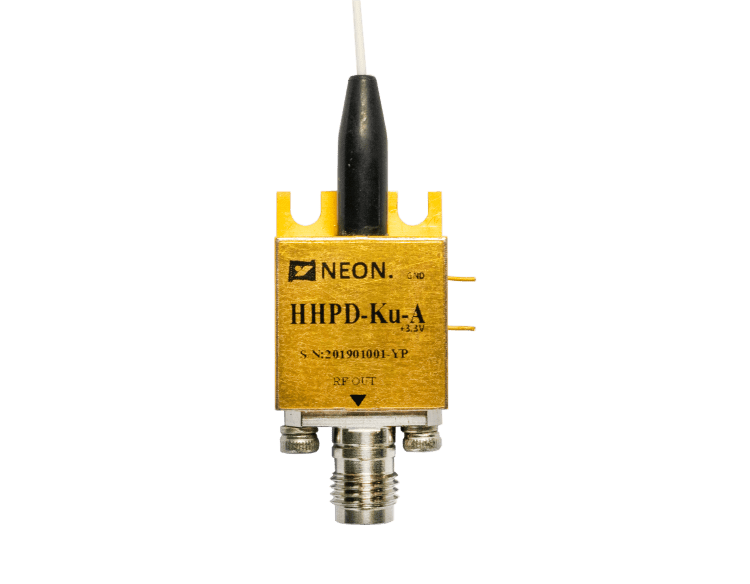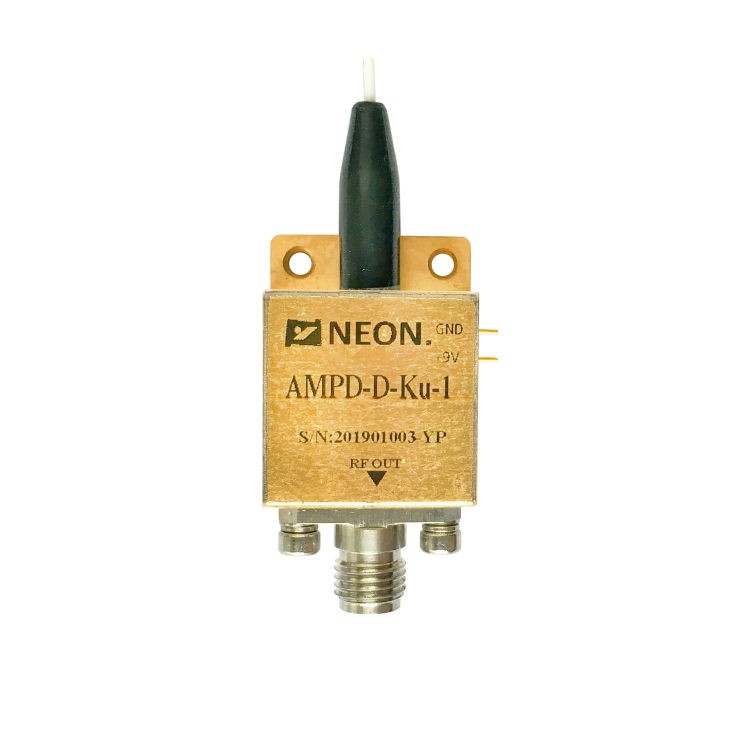What are the Applications of Photodiodes?
Like ordinary diodes, photodiodes are also semiconductor devices composed of a PN junction and also have unidirectional conduction characteristics. But in the circuit, it is not a rectifier element, but a photoelectric sensor that converts optical signals into electrical signals.
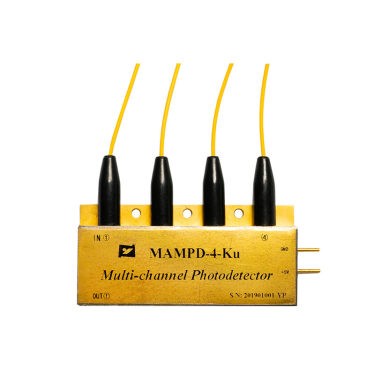
What is the principle of a photodiode?
Ordinary diodes are in a cut-off state when a reverse voltage is applied, and can only flow a weak reverse current. When designing and manufacturing photodiodes, try to make the area of the PN junction relatively large to receive incident light.
The photodiode works under the action of reverse voltage. When there is no light, the reverse current is extremely weak, which is called dark current; when there is light, the reverse current rapidly increases to tens of microamps, which is called photocurrent.
The greater the intensity of the light, the greater the reverse current. The change of light causes the photodiode current to change, which can convert the light signal into an electrical signal and become a photoelectric sensor device.
What are the types of photodiodes?
PN type photodiode
Features: The advantage is that the dark current is small, and in general, the response speed is low.
Uses an Illuminance meter, color sensor, phototransistor, linear image sensor, spectrophotometer, and camera exposure meter.
PIN type photodiode
Features: The disadvantage is that the dark current is large, and the junction capacity is low, so a fast response can be obtained.
Uses high-speed light detection, optical communication, optical fiber, remote control, phototransistor, writing pen, and fax.
Emission key photodiode
Features: Use Au thin film and N-type semiconductor junction instead of P-type semiconductor
Application: Mainly used for the detection of short-wave light such as ultraviolet
Avalanche Photodiode
Features: The response speed is very fast, and it can detect weak light because of the double-speed effect.
Application: High-speed optical communication, high-speed optical detection.
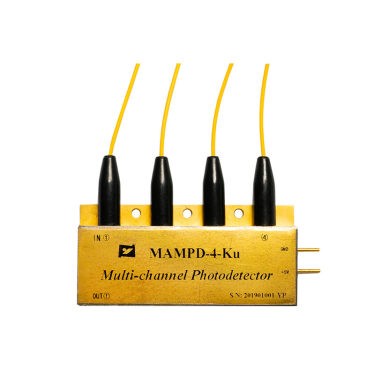
Where can photodiodes be used?
Like other types of photodetectors, PN junction photodiodes are widely used in devices such as photoresistors, charge-coupled devices (CCDs), and photomultiplier tubes. They can output corresponding analog electrical signals (eg measuring instruments) or switch between different states of digital circuits (eg control switches, digital signal processing) according to the illuminance of the received light.
Photodiodes are also used in consumer electronics such as CD players, smoke detectors, and infrared remote controls that control televisions and air conditioners. For many applications, photodiodes or other photoconductive materials can be used. They can all be used to measure light, often working in camera photometers, automatic brightness adjustment of street lights, etc.
All types of light sensors can be used to detect bursts of light or to detect luminescence within the same circuitry. Photodiodes are often combined with light-emitting devices (usually light-emitting diodes) to form a module, which is often referred to as an optocoupler element. If so, the movement of external mechanical components (such as optical choppers) can be analyzed by analyzing the received light.
Another function of the photodiode is to act as an intermediary between the analog circuit and the digital circuit so that the two circuits can be coupled by the optical signal, which can improve the safety of the circuit.
Photodiodes are common photoelectric sensor components and play an important role in many fields. Therefore, the purpose of this article is to give you a better understanding of where photodiodes can be used. Hope this article helps you.


